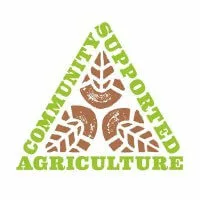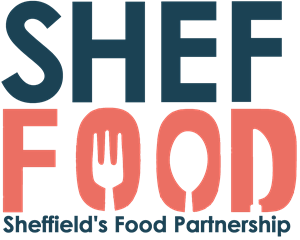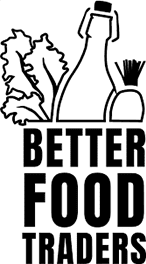
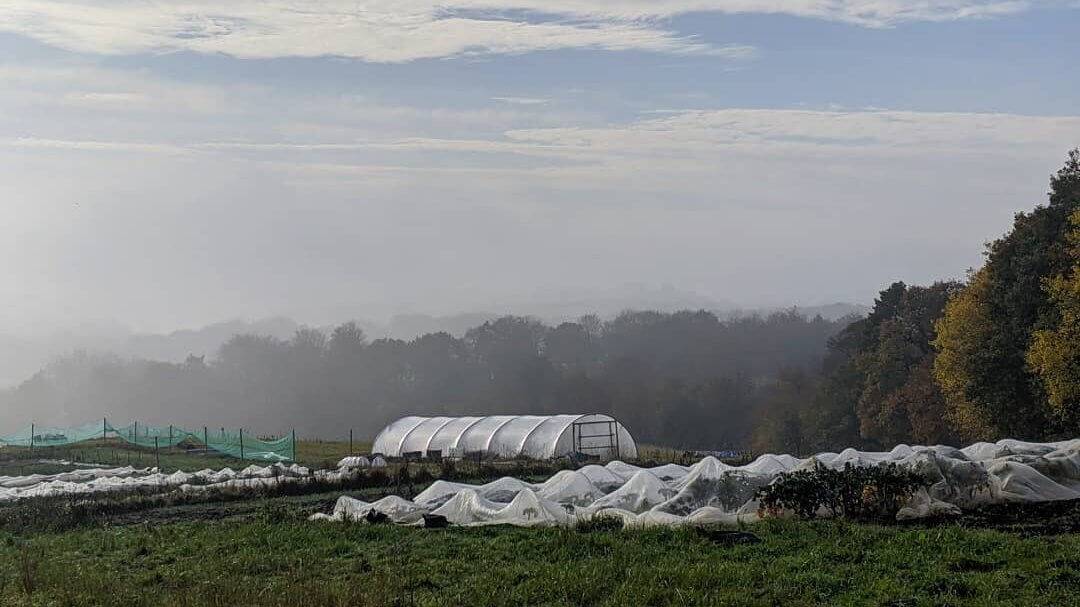
The alluring mirage of the perpetual summer, manufactured by supermarkets in the UK, means most people are unfamiliar with the dreaded “hungry gap”. But for a period of a few months, after the cabbages and kale have bolted, and before the first broad beans are ready, UK farmers are unable to grow viable veg. Fruit poses a similar challenge, having pretty much no season from Christmas until the summer, when berries start to become available. Instead of having empty supermarket shelves through this period, supermarkets import from abroad in order to satisfy consumer demand for variety.
Much of the UK fruit and veg that is still available at this time of year was grown throughout summer and autumn, and then barn-stored or field-stored until it is sold. Carrots and apples from our boxes are the best examples of this. Depending on the quality of the crop, weather and demand, this supply is either spoiled or used up some time during the spring. While new seeds cannot be sown until February or March, and these new crops will not be ready until the end of June. The UK, because of its latitude, sits right at the geographical limit for many spring crops, which wouldn’t survive through the cold, damp winter conditions if planted any earlier.
This year has been particularly challenging, as the pandemic has increased demand, putting even more strain on farmers and their supply. For example, one of our UK suppliers ran out of brussel sprouts a whole month earlier than normal due to the rise in demand for Organic UK vegetables.
In times gone by, the hungry gap did often mean going hungry. A peasant family might have relied on animals killed for meat, dairy products made in autumn, or foraged wild greens, which become abundant during the spring. Nowadays, heated tunnels, covered growing spaces and perennial crops (those that don’t need to be replanted each year) go some way to helping, but can come with a significant environmental cost. Winter brassica leaves are good, but don’t make up a large proportion of the food we can eat at this time of year. For some veg box schemes, that rely heavily on their own field grown produce, the hungry gap means pausing their scheme until UK produce is available again.
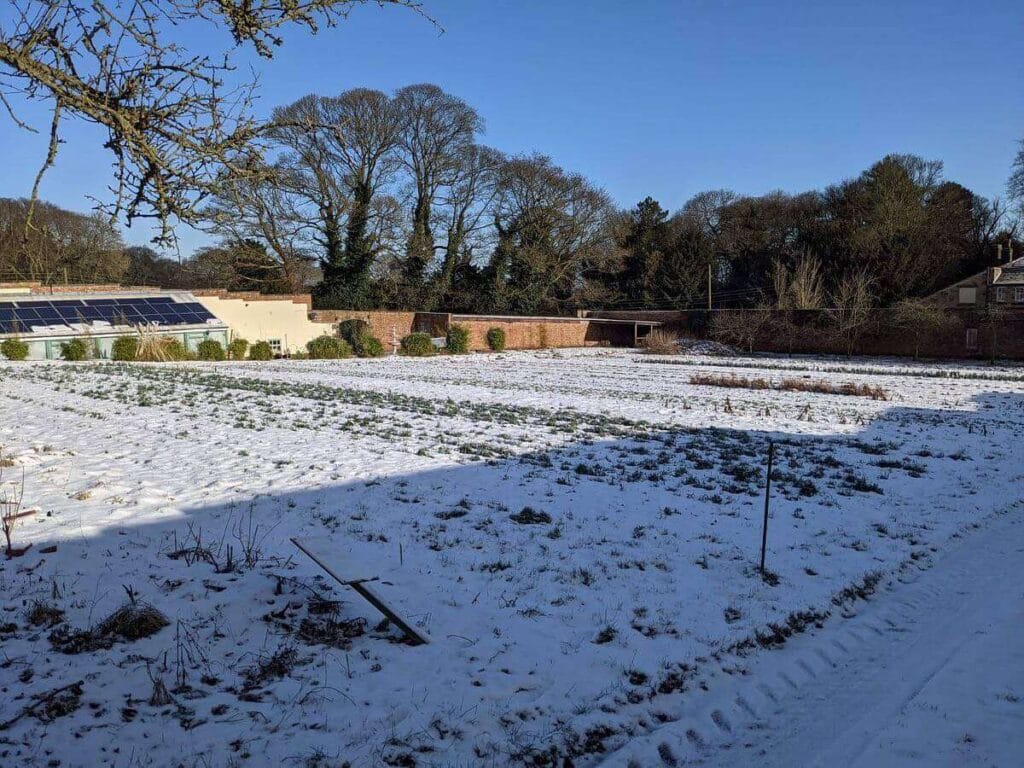
We try our best to be imaginative, to buy whatever local produce is on offer while balancing the need for variety and not just give boxes of turnips! For customers wanting to stick to UK veg, we offer a UK-grown box. During the hungry gap (usually lasting from April to early June) you will see less variety in this box, and we may not be able to offer it year-round. This week, Wortley Hall Walled Garden (run by Heeley City Farm) have offered us their first produce of the year, and excitingly, some of our customers will be seeing salad from our very own Regather Farm this week in their box too! You may have noticed on our social media that we’re also investing in some lovely big polytunnels on our field which will help us to grow more winter salad leaves in the future.
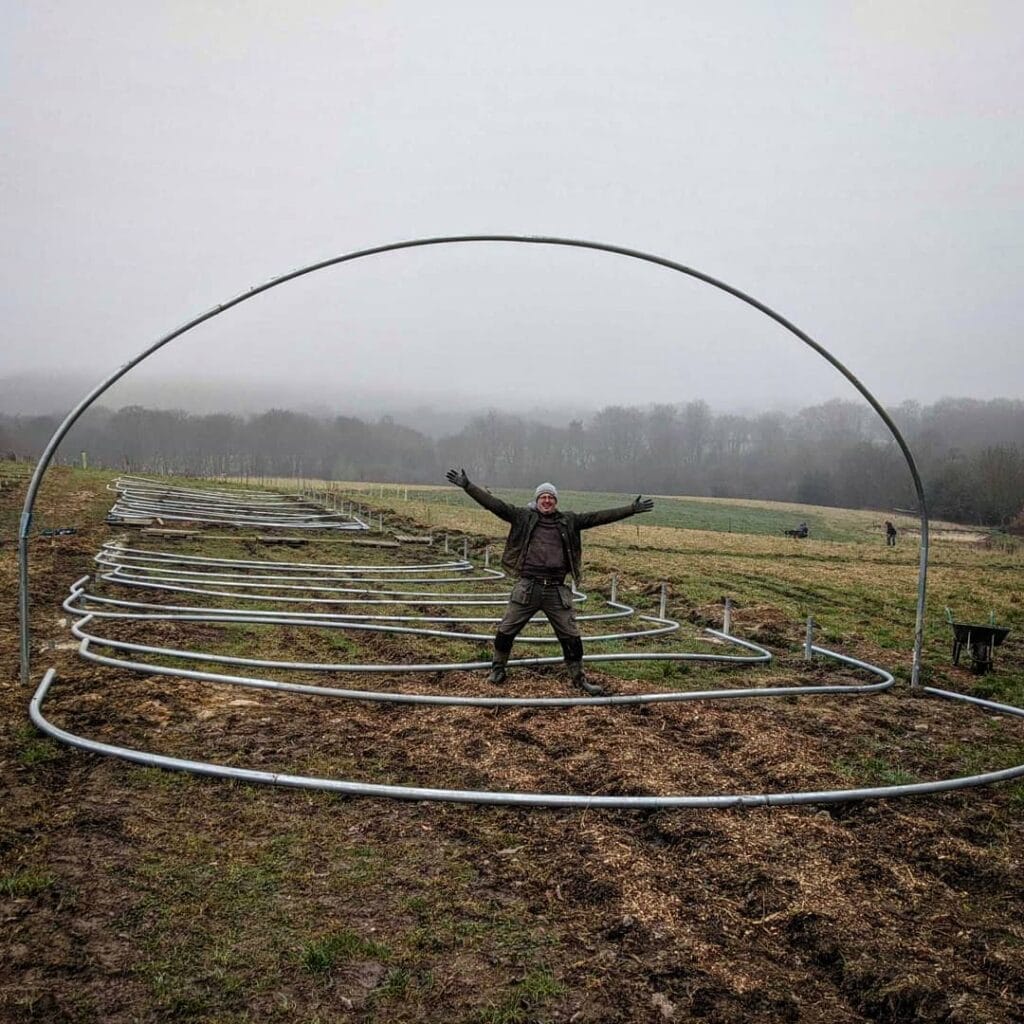
Otherwise, we rely on imported fruit and veg, most of it coming to Regather via our wholesalers who source their produce from European wholesalers and farmers. The vast majority comes from Southern Spain, where conditions (and vast greenhouse complexes and cheap labour) make winter horticulture production a key part of the economy. The European citrus season begins around Christmas, whilst there are also more exotic fruits available such as persimmons and Spanish mangoes. Although importing produce is not a perfect solution, it is considerably favourable in terms of carbon emmissions than trying to grow the same produce here using artificial heat. Our boxes also never contain air freight produce which emits around 50 times as much greenhouse gases than transporting the same amount by sea.
We believe that there is value in remaining active as a box scheme during this season (despite us having less of the local produce available) as we still continue to offer access to affordable Organic produce. We hope that our weekly recipes help you to continue to explore new and exciting options for the produce. Check out some ideas here.

